| বাংলায় পড়ুন | Researchers and Reporters: Tanjil Fuad Anika Taieba |
On the wall are heaps of coins. There is also money with vibrant designs. The sole Taka Museum in the nation, constructed on Bangladesh Bank’s initiative, is furnished with nearly all of the currency used in this region from antiquity. This museum offers a singular illustration of the development of Bengali currency and the advancement of human society. Those interested in the heritage and history of currency may find it a perfect place to visit. Visitors interested in history or just curious can learn about the background and customs of Bangladeshi currency at this museum.
Maintaining cultural heritage and preserving currency:
This museum was founded by Bangladesh Bank and is regarded as the first currency museum in the nation. When it was first opened in 2009, it was not accessible to the general public at Bangladesh Bank’s main building in Motijheel. When Dr. Atiur Rahman, the governor at the time, realized how important it was to tell the public about the currency’s history, he took the initiative to build a complete museum with contemporary amenities in 2012.
Shirin Sharmin Chowdhury, the National Parliament’s Speaker at the time, officially inaugurated the museum on October 5, 2013. Visitors can view more than 3,000 currencies and banknotes at the museum, which is now located in Mirpur near the Bangladesh Bank Training Academy, for free.
Museum Structure:
Two galleries essentially make up the museum’s layout, with the history of Bangladeshi currency on one side and international currencies on the other.
As you enter the first gallery, you can see the ancient Bengali currency. Silver, Kushan, Chandragupta, and gold coins, as well as coins retrieved from Mainamati archeological digs. what is absent? There are currencies from the British Empire, the Sultanate and Mughal eras, Pakistan, and even the original coins and notes of an independent Bangladesh. Over 1,100 coin items throughout the progression of coin usage from the ancient history of trade are on display in 43 exhibition cases. Additionally, there are coinage molds or dies, pouches, and containers that were used to store coins in the past.
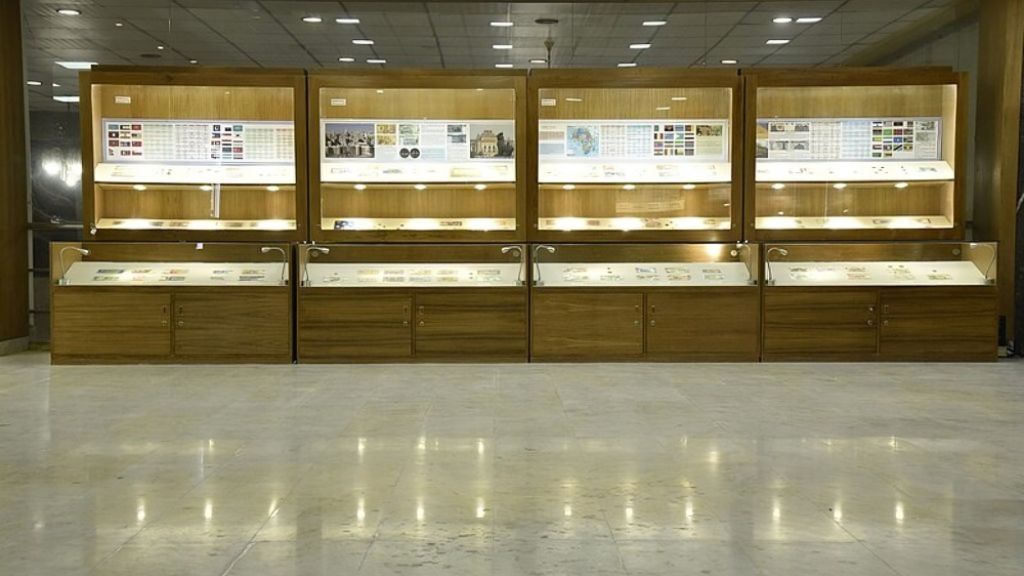
An example of ancient Bengali currency, reminding us of a valuable chapter in our history. | Photo: Collected.
A range of international currencies is shown in the second gallery. Around 120 nations have implemented their monetary systems and currencies here, including Australia, the United Arab Emirates, Kuwait, China, Russia, Germany, Sri Lanka, and India.
With the use of contemporary technology, the museum allows visitors to view coin history on an LCD and 3D television.
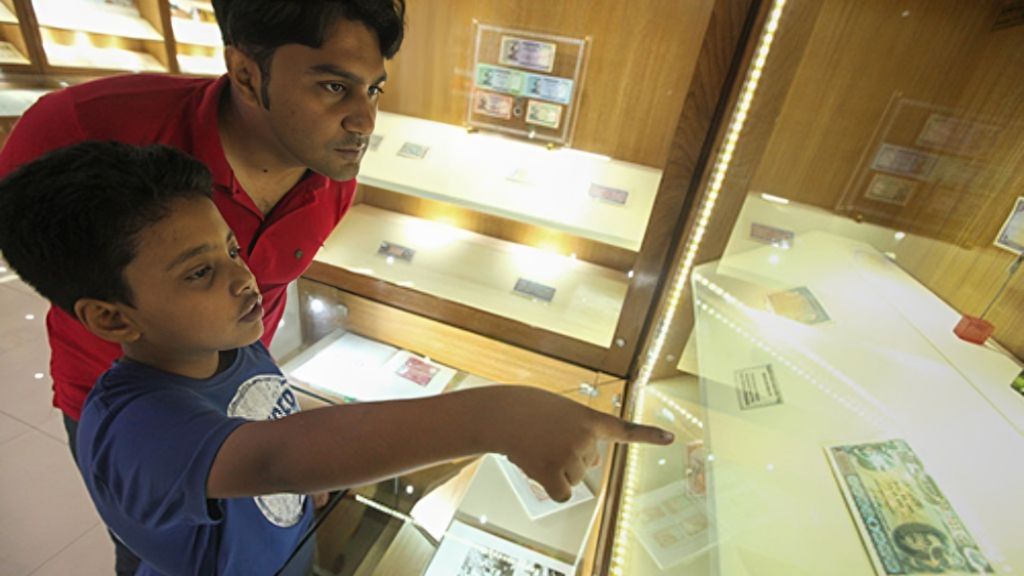
Explore the heritage of currency and economic history through the research and educational activities of the Taka Museum. | Photo: Collected.
Research and Educational Activities:
Along with collecting and showcasing currency, the Taka Museum also features unique facilities for research and teaching purposes. Opportunities to study currency history are provided by publications, symposiums, and seminars. There have already been steps taken to expand the museum in response to the increasing interest of the tourists. The Bangladesh Bank Training Academy’s second level will now house a new gallery, library, archive, movie theater, and children’s area.
Guidelines for Guests:
The Taka Museum does not require a ticket in order to enter. Entry is free. The museum is open 11 a.m. to 5 p.m., Saturday through Wednesday. It’s the weekend on Thursday… On other national holidays, however, the Taka Museum is open.
Bangladesh’s rich history and its relationship to the world economy are still highlighted by the Taka Museum. For those interested in currency history, this museum offers a world of unique experiences with its collection of ancient to modern currencies.
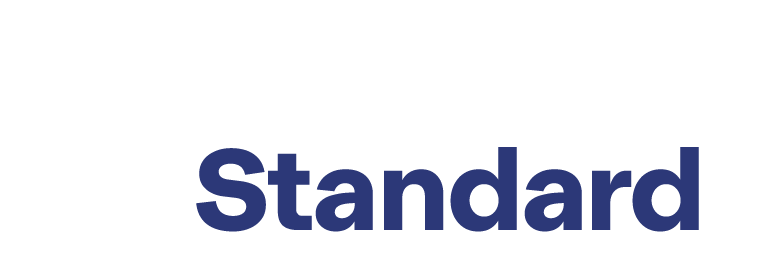
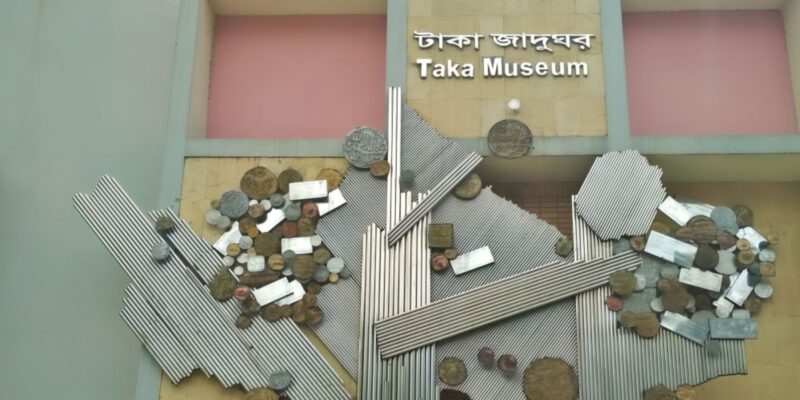
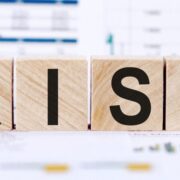
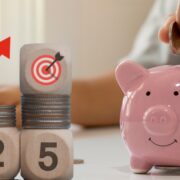
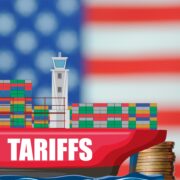

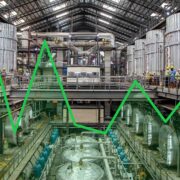
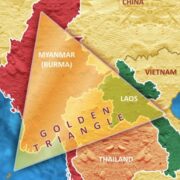
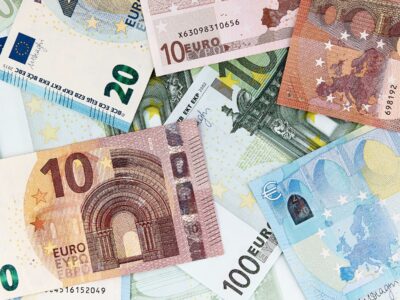
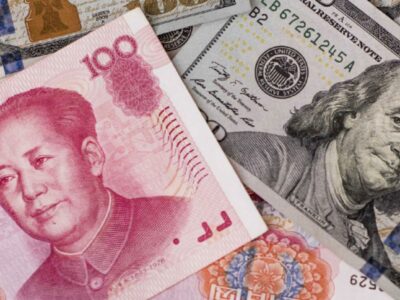
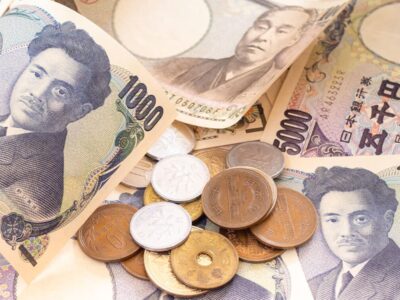
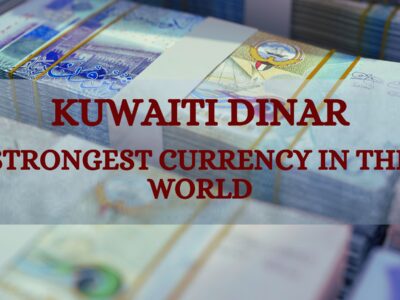
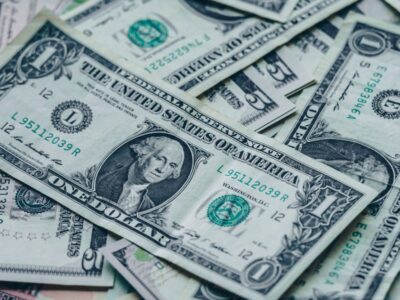
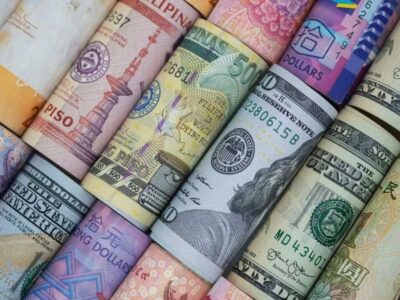
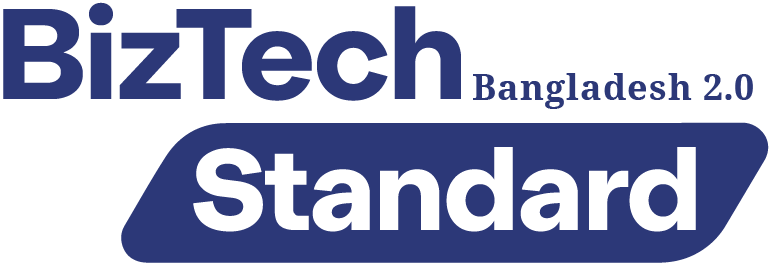
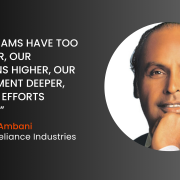
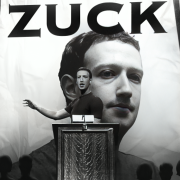
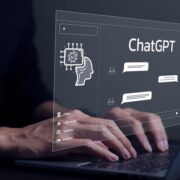

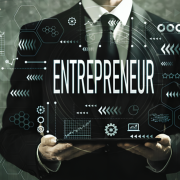
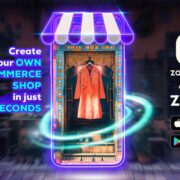


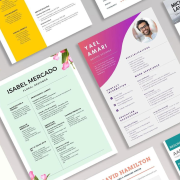
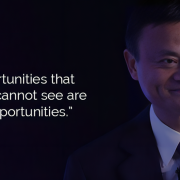
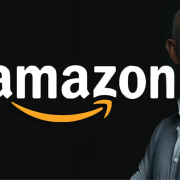


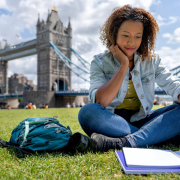
Comments